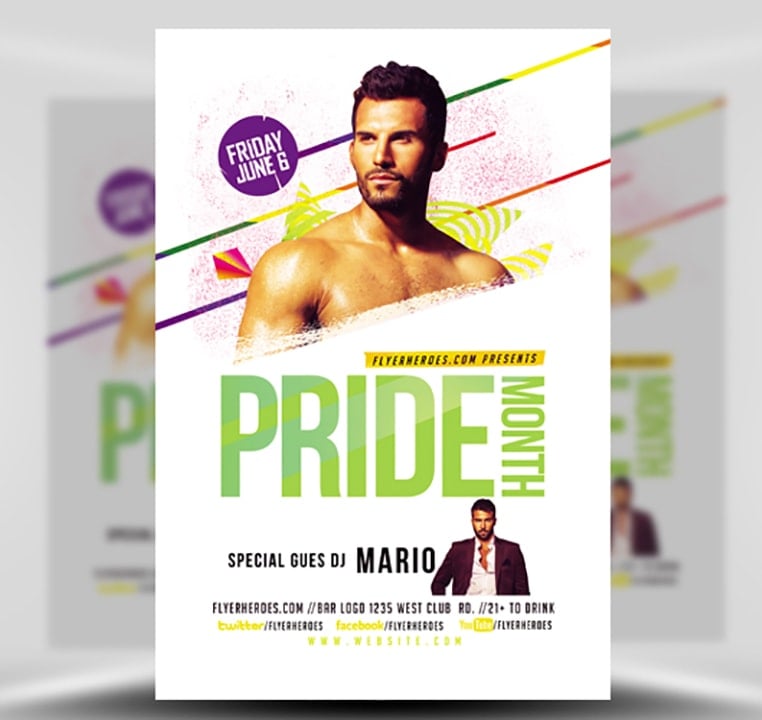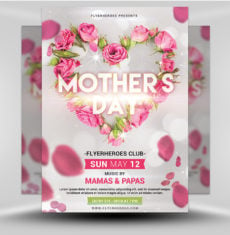Pride Month Special DJ Flyer Template
Hey! It’s that time again! Time to celebrate PRIDE! No matter what your affiliation to the LGBTQ community, the celebrations are at hand and you’re going to want to make sure your bar or club is part of the fun! Celebrate your PRIDE event with the Pride Month Special DJ Flyer Template!
This template is simply but features a great splash of colour to make it really POP! If you are looking for the right flyer to promote your Special DJ event, look no further!
Please note all stock models/photographs of people are not included in final download. Feel free to use you own.
Once purchased, you are free to make any customizations and modifications, and are granted Unlimited Use and 100% Free License. See more here.
View related Pride Flyer Templates:
What fonts do I need for this template?
General information:
Pride Month Special DJ Flyer Template is a premium Photoshop PSD flyer / poster template designed by FlyerHeroes to be used with Photoshop CS4 and higher.
Once you have purchased this flyer template, you are free to make any customizations and modifications you wish.
You are also granted an Unlimited Use and 100% Royalty Free License meaning you can use this product as many times as you wish for as many clients as you wish. You are free to use this product in both personal and commercial work.
You can read more on our File Licenses here and our File Requirements here.
Please note, stock models / photographs of people are used for demonstration purposes only and are not included in the final download. We do however include a blank placeholder layer to make using your own stock photos as easy as possible.
If you have any further questions, please feel free to direct your questions to FlyerHeroes Support.

















